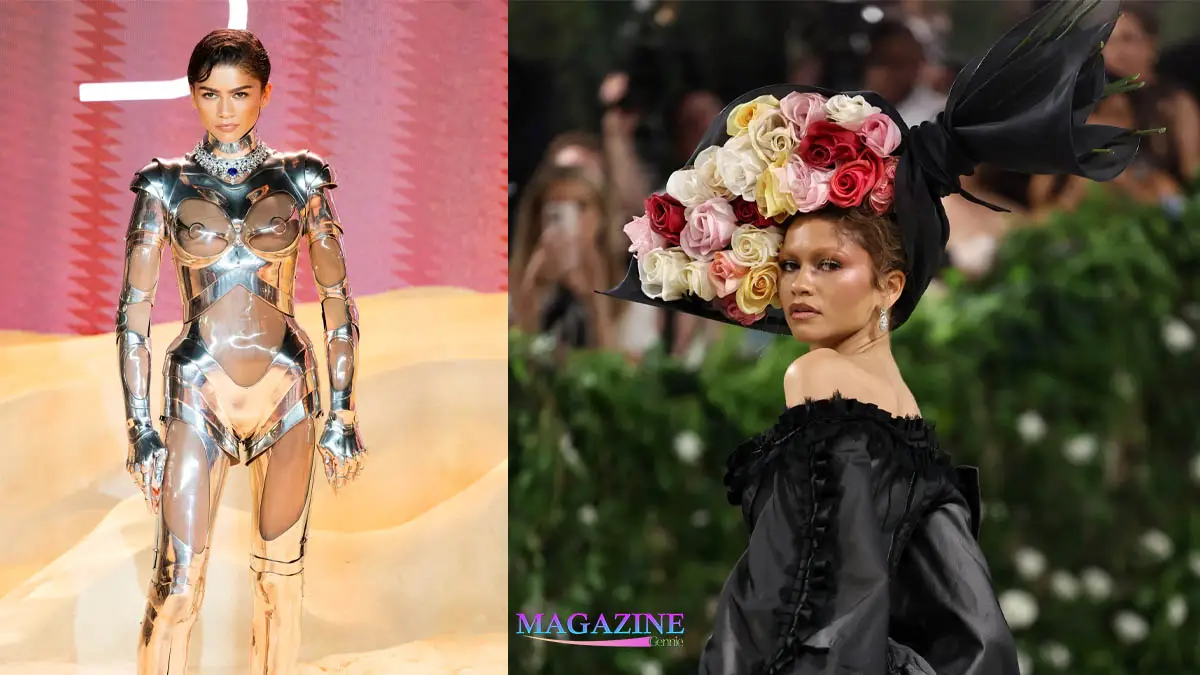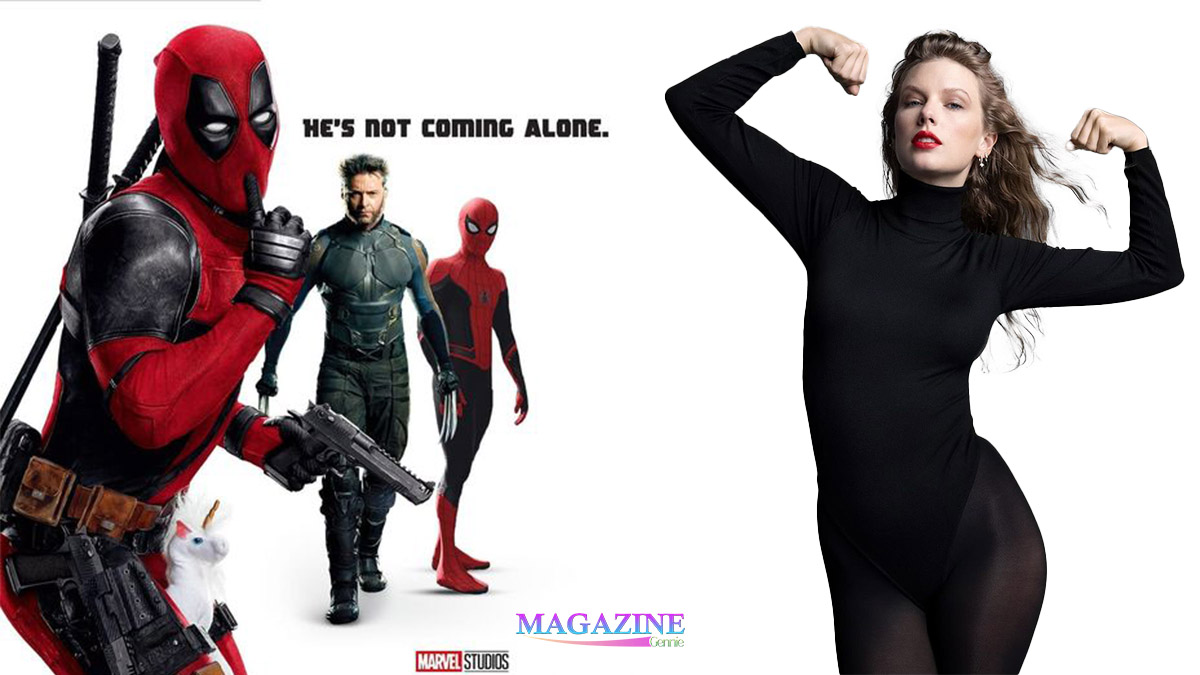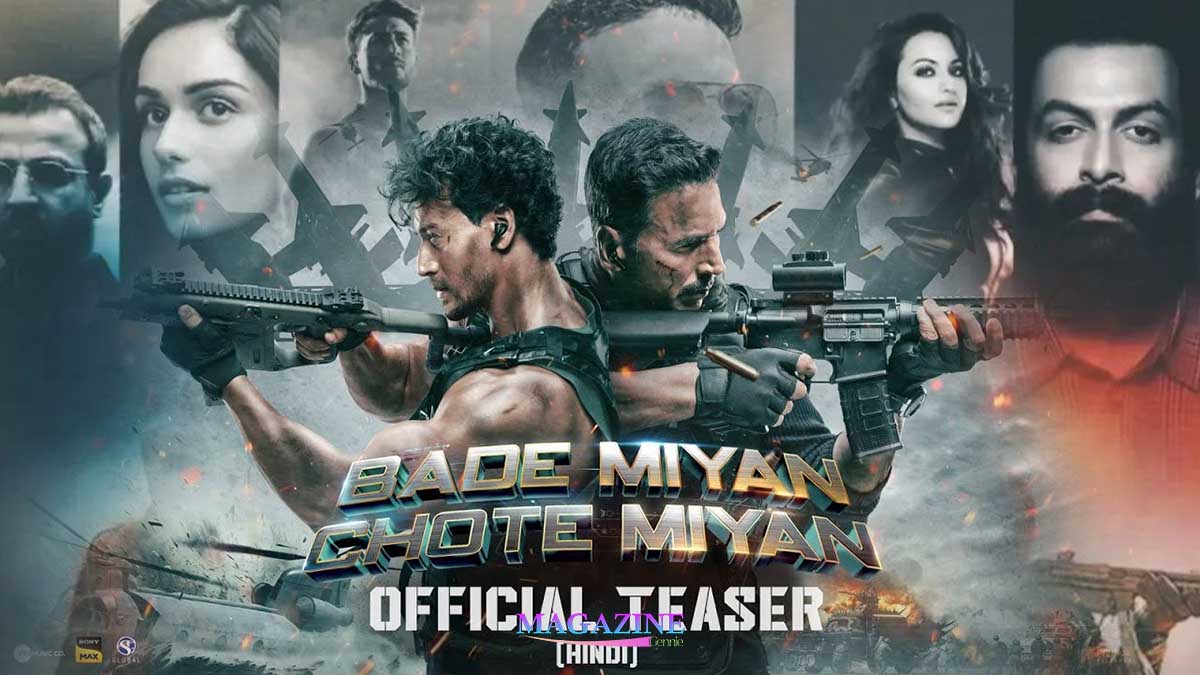As often happens with Zendaya and her red carpet vintage looks, especially at the recent Met Gala, she donned two archival outfits. She wasn’t alone; Kim Kardashian, Kendall Jenner, Lana Del Rey, and many other celebrities also chose vintage attire for the event.
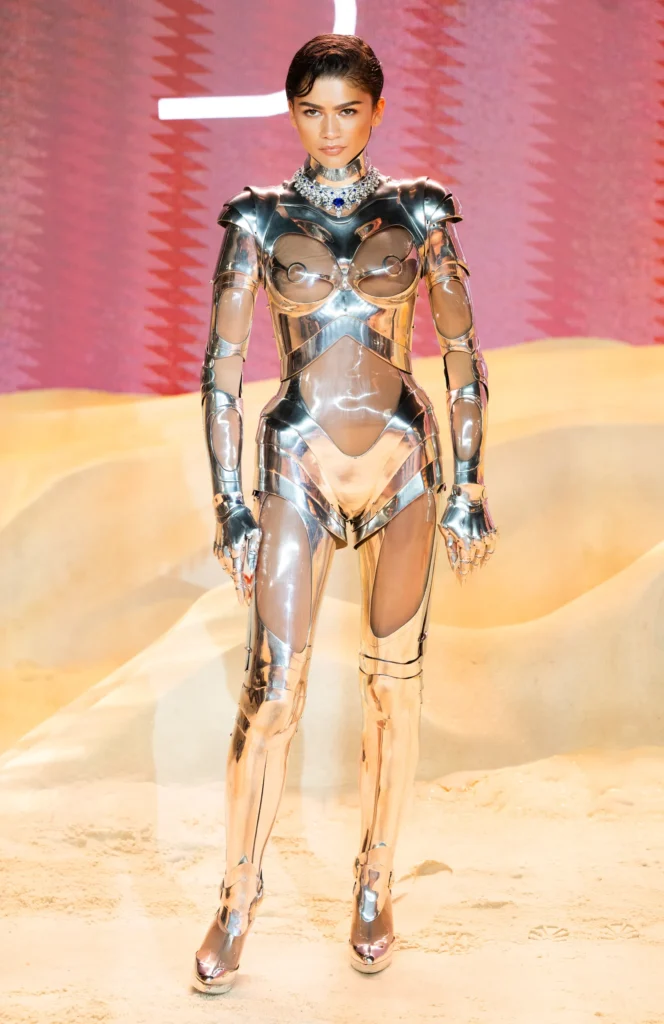
Zendaya’s striking grey suit at the Seoul premiere of “Dune: Part Two” immediately caught attention. This suit, designed by Lee McQueen for his AW99 Givenchy collection, was considered an extraordinary choice. Styled by Law Roach and sourced by Brynn Jones of Aralda Vintage in Los Angeles, it marked a significant moment. Just before this, Zendaya had worn a 1995 Thierry Mugler robot suit, earning the nickname “Robo-Z.”
Vintage fashion has become a prominent trend on red carpets. At the Vanity Fair Oscars After Party, Jennifer Lawrence wore a vintage Givenchy outfit by John Galliano, while Cardi B chose an Atelier Versace SS03 couture dress from Tab Vintage. Olivia Rodrigo and Miley Cyrus also showcased vintage Versace and Bob Mackie, respectively, while Kylie Jenner appeared in Hanae Mori at the Golden Globes. Not long ago, vintage moments like Bella Hadid’s Gucci by Tom Ford at the Cannes Film Festival in 2022 were rare.
Why the nostalgia for vintage fashion? In a recent Vogue article, I discussed how the vintage business has evolved from a niche market for collectors to a robust industry. These once “if you know, you know” moments have turned vintage fashion into a significant trend.
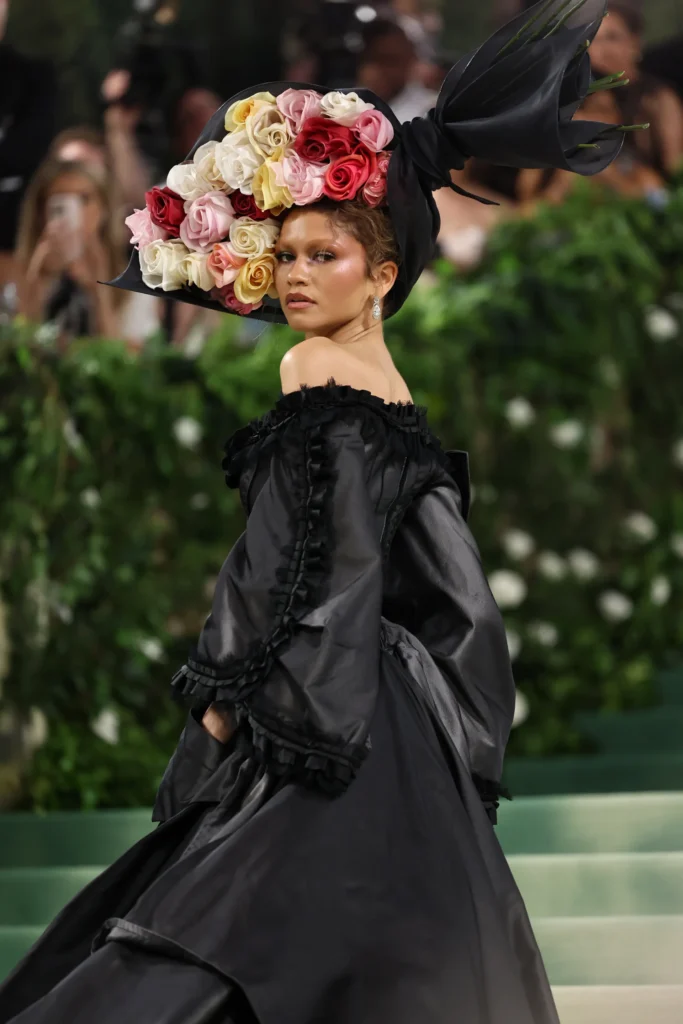
However, the return on investment (ROI) for these looks is less clear compared to current runway pieces. The primary beneficiaries could be the celebrity, the stylist, the brand, or the rarely credited vintage dealer.
“Vintage is the ultimate status symbol for a stylist,” says Marco D’Angelo, founder of Platform PR. Stylists now aim to access rare vintage pieces from brand archives. “First, you get a sample, then custom, and finally, if you’re lucky, the brand opens its archive,” D’Angelo explains.
In the past, celebrities turned to vintage when brands wouldn’t dress them. Law Roach, who has worked with Zendaya for 13 years, explained, “We started pulling vintage because nobody would lend her clothes.” His background in vintage, owning a store in Chicago, meant many of Zendaya’s early outfits were from his store.
While celebrities may seem like the main winners, brands often gain the most. Archival looks can generate significant media exposure, like Zendaya’s Mugler look, which brought $13.3 million in media exposure for the brand.
Brands like Mugler strategically balance showcasing past designs with current collections. Zendaya’s black slip dress by Cadwallader from his pre-fall 2024 collection followed her archival Mugler look, blending nostalgia with contemporary design. This dual strategy allows brands to celebrate their heritage while promoting current designs.
Not all brands have well-maintained archives, so vintage dealers play a crucial role. Stylists like Samantha McMillen have dressed celebrities in vintage couture from dealers like Shrimpton Couture and Aralda Vintage.
Aralda Vintage, founded by Brynn Jones, has provided notable vintage pieces for Zendaya, Ariana Grande, and Alexa Demie. However, vintage dealers often struggle to gain recognition and ROI without proper credits. Jones has shifted to a purchase-only model with stylists to ensure compensation, regardless of credit.
Proper attribution is vital for translating celebrity moments into commercial success. The internet, especially Instagram accounts like @ChecktheTag, helps identify and credit vintage looks, driving traffic to the dealers and enhancing their business.
The success of vintage pieces often hinges on online recognition. Side-by-side comparisons of celebrities and original runway looks can go viral, emphasizing the significance of the look’s provenance.
Vintage fashion shows no signs of fading, offering opportunities for everyone involved to maximize their gains. As Brynn Jones suggests, rather than fighting for a share of the spotlight, it’s better to create your own success.
This article is part of “Connecting the Dots,” a series exploring the intersections of fashion, pop culture, the internet, and society by writer José Criales-Unzueta.

